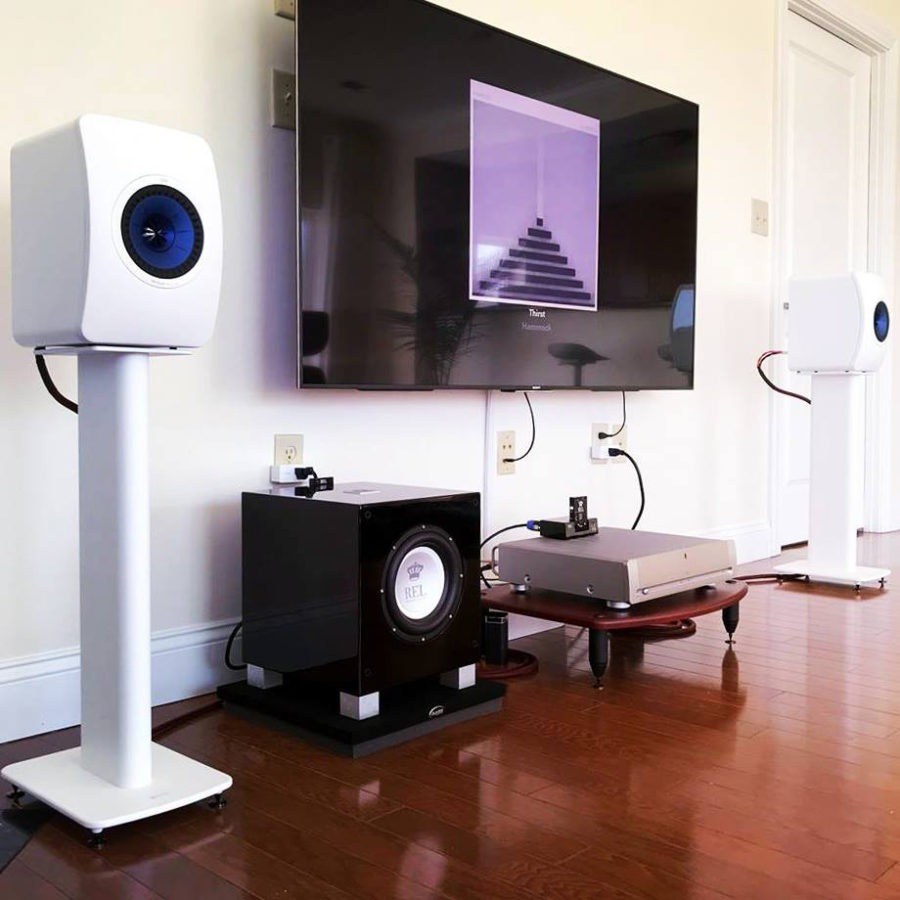Blog
Q&A with John Hunter: Benefits of Adding a Subwoofer to Your System
One of my favorite shock-and-awe demos is not terribly expensive. One of the best sounding sort of above entry level, but medium priced speakers for seven eight years now has been the KEF LS50. Whether that’s your ideal speaker at 1500 dollars or 1500 euro is immaterial. It’s a very, very well-crafted product, and its obvious flaw if you will, its obvious limitation is it simply doesn’t extend particularly deep.

Carefully set up, a pair of LS50s can sound pretty holographic, very fast, very detailed, but when you’re lacking that body it isn’t terribly convincing. You’re impressed at an intellectual level, but not all the way through.
You’re listening to it going, yeah, it does a lot of things really well and there’s always this hanging but. All you have to drop in initially is a single T/7i, which is over here sells for about $1,000, it probably sells for a little bit more in Europe, and it’s instantaneously transformative. It takes five seconds for people to go “Okay. Game, set, match. We’re done”.
All of a sudden, it’s not just that there’s bass, but you can hear all of the good things about the KEF made better. Now you’ve got the meat, and structure of richness that starts to underpin. If at times without it, it sounds threadbare and a little lean, suddenly, you’re listening to a piece going, wow.
The combination now is only something like $2,500 and you’re thinking, if you know the market and you’re really a critical listen you’re going, “this is killing any $5,000 speaker on the planet, this is a whole different ball game” and it’s not that there’s bass, it’s the fact that the bass conjoins with the upper bass which conjoins with the middle ranges and the high frequencies. All of a sudden it ties together into a whole that makes sense.











